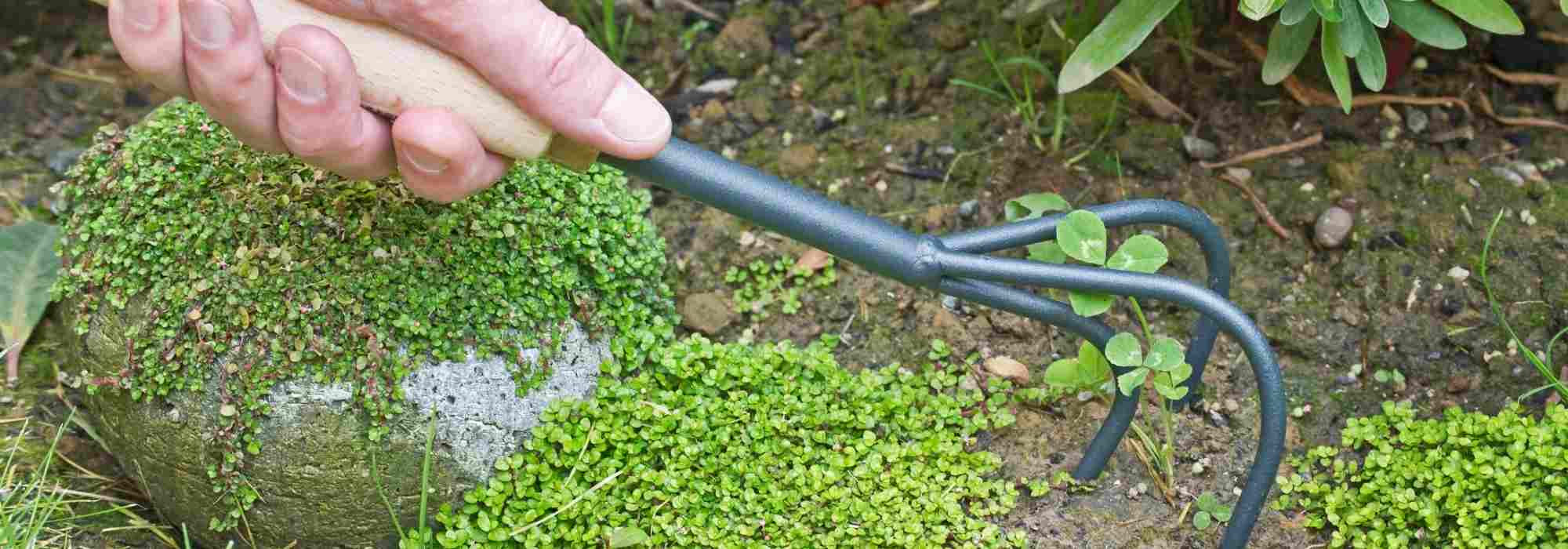
What is a griffe or a croc used for?
May the great claw bite me...
Contents
Garden forks are sometimes called croc or cultivator. But they are all garden tools used to loosen top layer of soil, weed or level a surface before sowing or planting. They are available with 3, 4 or 5 tines and with short or long handles. True all-rounders in vegetable or ornamental gardens, crocs, cultivators and forks should be found in every gardener’s shed.
What is a garden claw?
A claw or crook is a tool with a long or short handle and a clawed head with 3, 4 or 5 tines arranged mostly perpendicular to the handle. The tines are curved, resembling an animal’s claws, hence the name.
Crooks, claws or cultivators can be short-handled or long-handled: these are made of wood, metal or composite material. Cultivators most of the time have only 3 claws. Crooks, manure fork, or “4 tines“ in some regions are fitted with 4 tines. The term “claw” to describe this type of tool is more generic and applies to gardening tools with 3, 4 or 5 tines, regardless of number.
There are garden claws whose handle ends in two handles: the rotogriffe. This type of claw is used vertically: insert the claw into the soil and rotate the handles with a short twist.
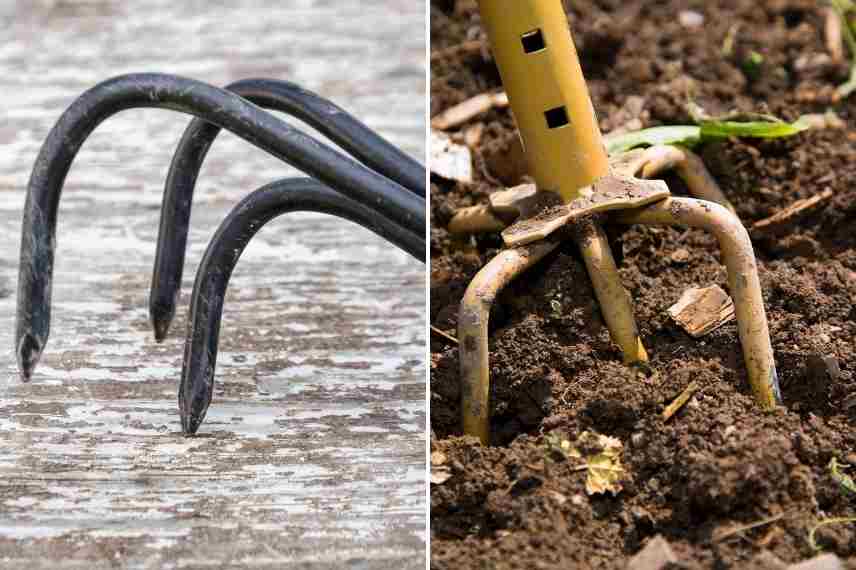
3-claw crook and rotogriffe
Read also
What is a rake used for?What is a garden claw used for?
The garden claw, the fork or the cultivator, whatever you call it, is used to prepare ground before planting or sowing :
- The fork is used to pick or hook, that is to continue to loosen the surface layer of soil before planting or sowing;
- You can also use a claw like a rake, pulling or pushing soil to level the area to be cultivated;
- This tool is also used to bring stones and large clumps of herbs towards you so you can remove them from the ground;
- Small, short‑handled claws are very useful for weeding in the vegetable garden or in flower beds;
- You can also harvest potatoes with the fork. But take care in this case not to “pin” the tubercles on the tool.
The fork or claw is used as follows: push the pointed tines in front of you into soil to at least half their length, then pull the tool towards you. You can also use the outer part of the claw (the elbow) to break up large clods of soil by striking them.
After each session, remember to clean handle and claw thoroughly. This tool should be stored so as to avoid accidents: not left on ground, nor with the tines pointing towards people or animals. Special caps to place over the points exist; they prevent unpleasant accidents when the tool is not in use. But you can simply push the points into cork stoppers.
Discover other Hand rakes, hand claws, and hand forks
View all →Available in 1 sizes
Available in 1 sizes
Available in 1 sizes
Available in 1 sizes
Available in 1 sizes
Available in 2 sizes
Available in 1 sizes
- Subscribe!
- Contents
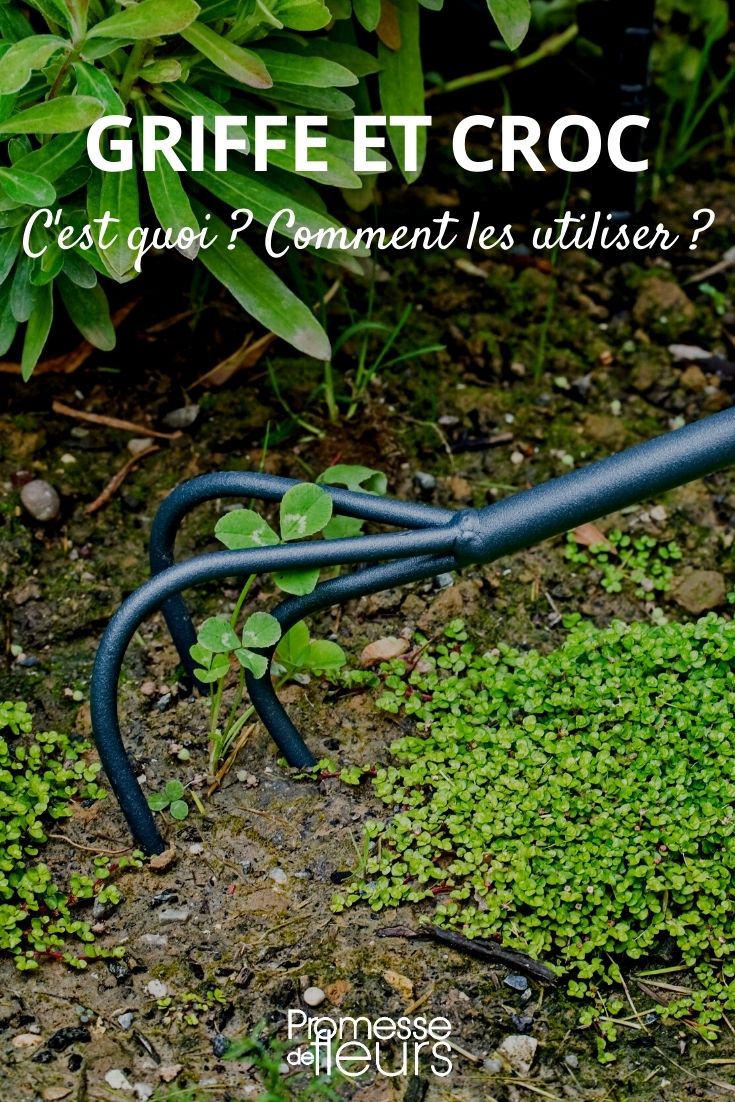































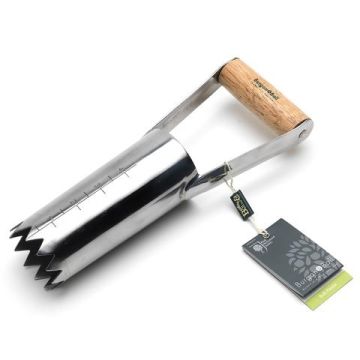
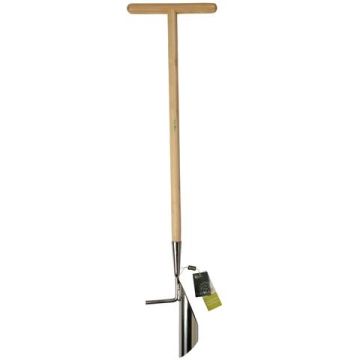

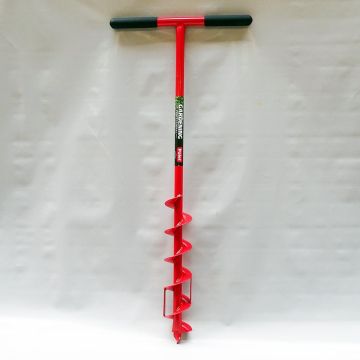
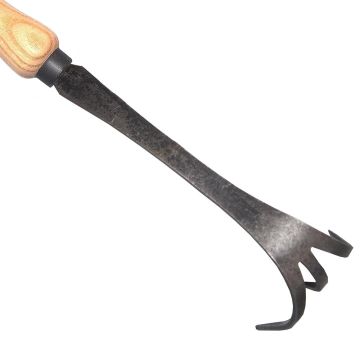
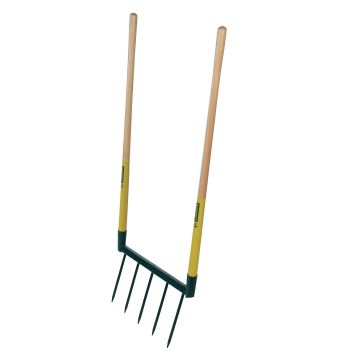
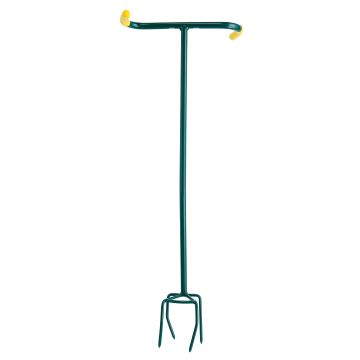
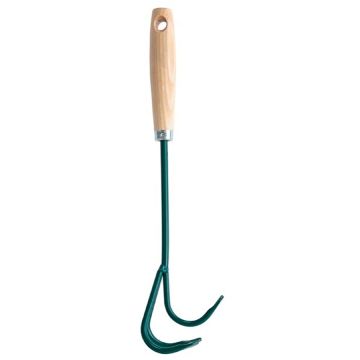
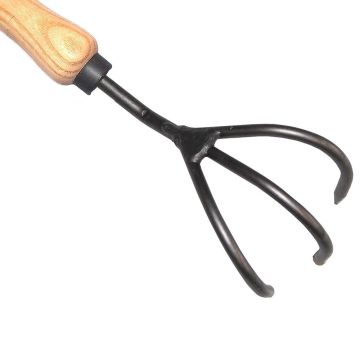
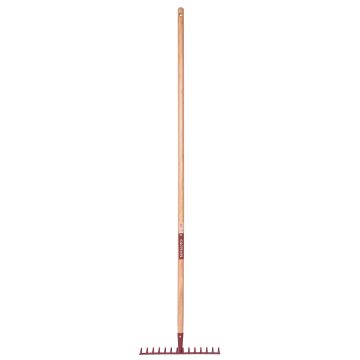
Comments